Generally speaking you should not depend on what is not in the datasheet.
Transistors in duals (and those side-by-side in the SMT tape) do tend to be matched much better than those selected from different batches or altogether different manufacturers. I have done relatively informal measurements of small lots. The typical matching is relatively good, but common sense tells you that eventually you will get a pair that came from different edges of the wafer, a different wafer, a different wafer lot, or even a wafer from a different facility.
There have been some attempts to sell relatively inexpensive pairs with guaranteed matching characteristics (Vbe and hFE) but I am not sure that the market has proven sufficient to maintain production. Eg. BCM846S/BCM856S. They are not recommended for new designs at Infineon, and I see little to no stock from NXP.
The expensive matched pairs have also decreased in availability, and as you say they tend to have low ft figures, being aimed at precision low frequency applications.
In some situations you can use op-amps or emitter degeneration to reduce the requirements for matching, of course, but I assume you've already considered that. There are applications such as log/antilog amps where it's not much help.
Edit:
There is a line of matched transistors from Diodes Inc. that you may find useful.
Built with adjacent die from a single wafer: DC Current Gain, hFE, VCE(sat), VBE(sat) are matched to a 2% maximum tolerance.
See here, and if that URL disappears, I've reproduced the list below. There seems to be plenty in stock (300K+ at the factory for one type), and they are very, very inexpensive compared to any kind of semi-automated or manual testing.


